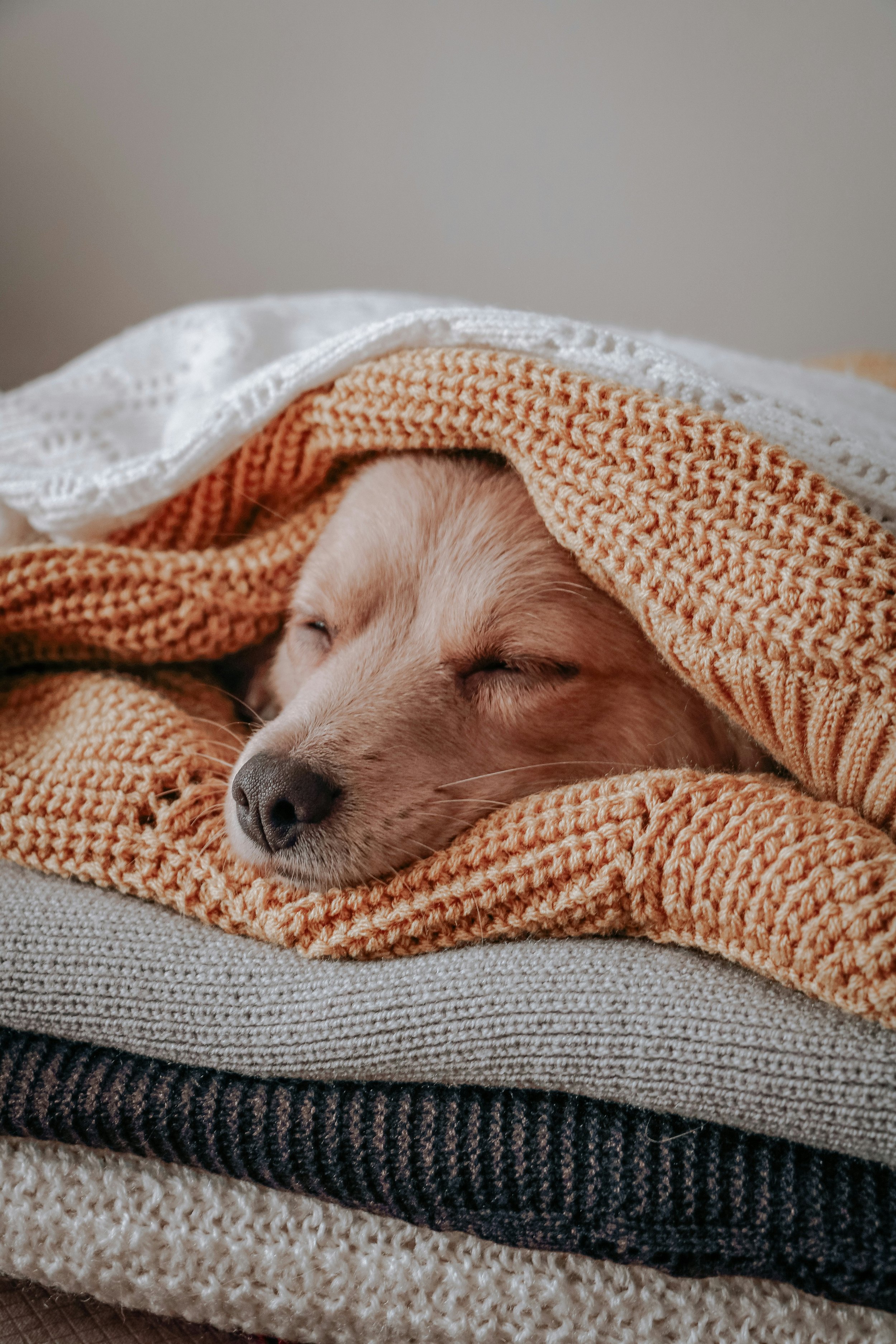When we think about foot health, many of us only consider the immediate discomfort or pain caused by issues like bunions, plantar fasciitis, or even a simple sprain. However, our feet are the foundation of our entire body. How we walk, stand, and move affects our posture, muscle tension, and even the health of deeper structures like our pelvic floor. This is why maintaining good foot health and optimal toe spread is critical—not just for comfort, but for overall well-being.
The Power of Good Toe Spread
Healthy feet should be able to spread naturally, allowing your toes to align properly. When your toes are spread evenly, it supports better posture, stabilizes your gait, and reduces unnecessary strain on other areas of the body. Toe spread allows for proper weight distribution, and when the toes are cramped, the body starts to compensate, leading to poor posture, knee pain, and even back issues.
The toes also play a major role in balance. Poor toe mobility and restricted toe spread can lead to instability, making you more prone to ankle injuries, as well as hip and lower back pain. When your feet function optimally, your entire body benefits.
How Bunions Affect the Pelvic Floor
A common yet often overlooked condition that affects foot health is bunions. These bony bumps form on the joint at the base of your big toe, causing misalignment and an unnatural angle to the toe. While bunions are most commonly associated with foot pain, they can also cause far-reaching effects in other parts of the body especially the pelvic floor.
When bunions change the structure of your foot, they can lead to compensatory patterns in how you walk. These misalignments create tension in your legs and hips, which often leads to tension in the pelvic floor. The pelvic floor muscles play a key role in core stability, bladder control, and even sexual health. When these muscles become tight or strained, it can result in discomfort, urinary issues, and other problems.
By addressing bunions and improving foot health, you can actually relieve tension throughout your entire body. This highlights how interconnected our body systems are—something acupuncture understands deeply.
Acupuncture: A Holistic Approach to Foot Health and Pelvic Alignment
Acupuncture is an effective tool for addressing foot health issues and their wider impact on your body. By treating tight fascia and classic acupuncture points, acupuncture can help to release tension, promote natural healing, and restore balance. Whether you're suffering from bunion pain, restricted toe spread, or pelvic tension, acupuncture can provide relief while supporting long-term foot health.
Ready to Take the First Step?
Don’t wait until your foot problems lead to deeper discomfort or tension in other parts of your body. If you’re dealing with foot pain, bunions, or unexplained pelvic tension, I’m here to help. As an acupuncturist who specializes in sports injuries and pain management, I understand the complexities of how the body’s systems work together. Let’s get you back on your feet—literally and figuratively.
Treating the muscles and tight connective tissue leading to your feet are a big step in correcting bunions and having better foot heath overall. I’ll also give you some simple things you can do at home to continue to work on your foot health.
Book your acupuncture appointment today and take a step toward better posture.










